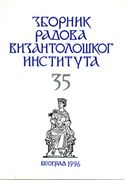
U članku se raspravlja o ekonomskim karakteristikama centralnobalkanske oblasti, od Sirmijuma i Raciarije na severu, do granice provincije Makedonije na jugu, u poznocarsko doba. Ova oblast nije činila celinu u administrativnom sistemu Rimske države IV-VI veka. Ulazila je u okvire većeg broja provincija: Savia, Dalmatia, Dacia Ripensis, Pannonia secunda, Moesia I, Dardania i Dacia Mediterranea. U ekonomskom pogledu ona se izdvajala kao agrarna oblast sa malo gradova. U ekonomici carstva imala je značaja kao zemlja carskih domena, velikih zemljišnih poseda i rudnika. Osim rudnog blaga, ekonomika ove oblasti je obezbeđivala snabdevanje upravnog aparata i vojske, često i one koja je privremeno stacionirana na Balkanu, u vreme mnogobrojnih, ponekad i dugotrajnih ratova na Dunavu. Carski domen je snabdevao Careve u vreme kada su se nalazili na Balkanu, bilo na prolazu iz jednog dela Carstva u drugi bilo u vreme ratova.
More...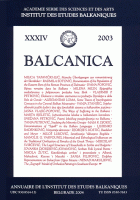
Keywords: antiquity history; epitaph;
1. An Early Christian Pannonian Epitaph The author suggests corrections in reading the inscription CIL III 4002, lines 3-7 (see pp. 1-2). The formula q(ui vixit) ann(os), lines 3-4, was common in Late Antiquity, unlike the previous reading...ann(orum), which was typical for the Early Empire. L.5 memoria frequently appeared in funerary monuments in Late Antiquity. L.6 Instead of unlikely collegae, the complement colloc(avit or –erunt) has been suggested, according to analogies sedem conlocasse (Siscia, CIL 3996) sepulcrum (!) collocavit, with the Christogram ( Siscia ,CIL 3996a). The inscription can be more precisely dated with regard to the Christogram...
More...
Keywords: romanisierung; Skordisker;
Im Text werden manche Aspekte der Romanisierung der Skordisker besprochen. Änderungen, zu denen es nach der römischen Okkupation gekommen ist, spiegeln sich sowohl in materieller (Siedlungs- und Münzwesen, Tongefäße- und Öllampenproduktion usw.), als auch in geistiger Kultur (Bestattungssitten, Kult und Onomastik) wieder.
More...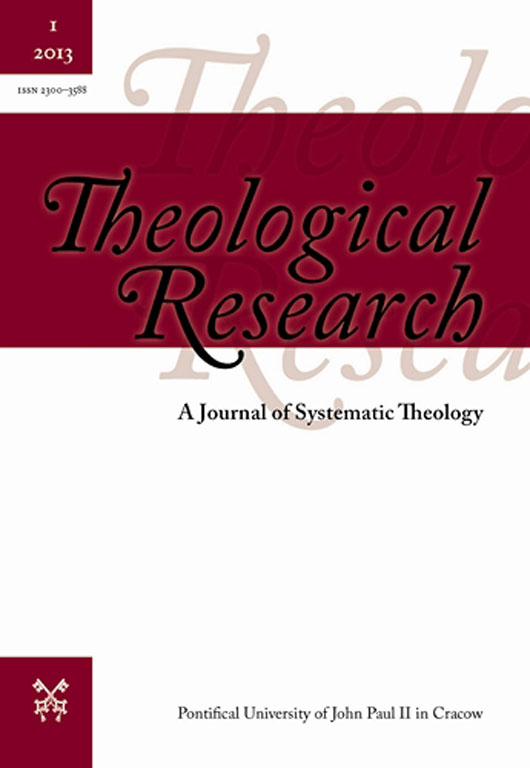
Keywords: Marius Victorinus; Logos; Arian controversy after A.D. 357
This article elaborates the term Logos in two fictitious letters of Candidus, which Marius Victorinus wrote to present Arian points of view concerning the Trinitarian debate in the middle of the 4th century. The article investigates these two short letters and their historical and theological sources to demonstrate Marius Victorinus’ knowledge and understanding of the Arian controversy and the mystery of the Triune God. Although he wrote these letters himself, this research seems to be a particularly important in the interpretation of Marius Victorinus’ theological views and arguments presented in his writings against the Arians, in which he undertakes the most difficult questions concerning the unbegotten and simultaneously begetting God.
More...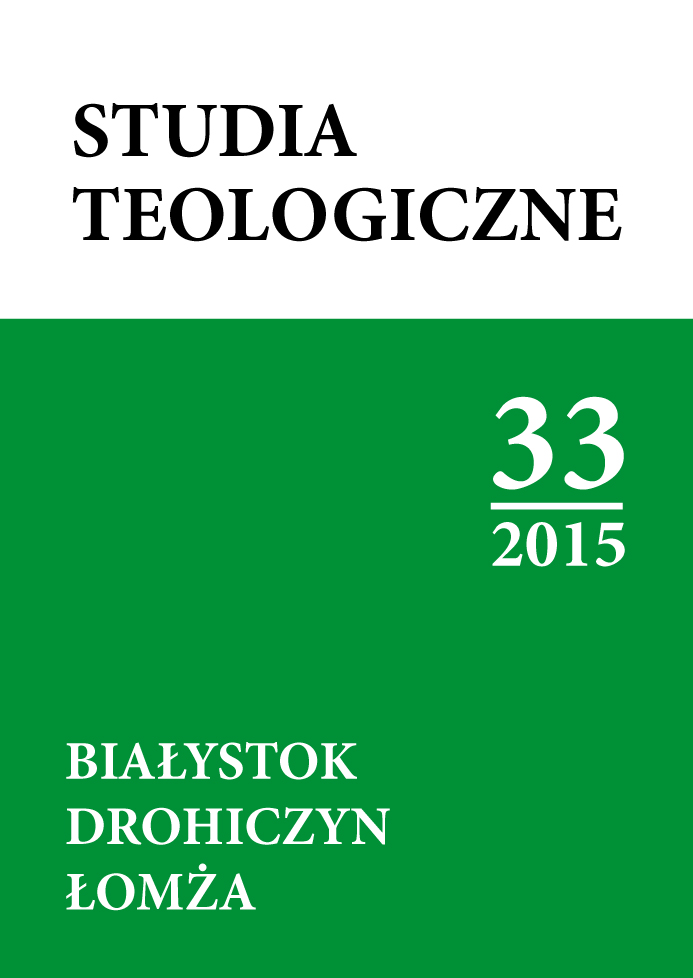
Keywords: St. Nicetas; the Roman Empire; creativity of Nicetas of Remesiana; the Council of Nicaea
The year of 2014 was the 1600th anniversary of the death of St. Nicetas of Remesiana. St. Nicetas, despite centuries of „Oblivion” is an important witness of faith and a major theologian of the breakthrough IV / V centuries. In the years 366-414 Remesiana was a bishop in the province of Dacia Mediterranea, south of the Danube. In the Roman Empire different territories often changed their administrative affiliation. Remesiana situated between the eastern and western part of the Roman Empire was subject to these processes. The area was subjected to the influence of both the Roman culture, as well as in later Byzantine influences. Despite the surrender jurisdiction of the Byzantine Empire in the late fourth century, Episcopal Remesiana remained in close union with the bishops of Rome. The first traces of Christianity in the area of Remesiana provide records of the martyrs, as well as numerous archaeological sites. The preserved inscriptions indicate close contact with the local Church in Remesiana with the bishops of Rome. Bishop Nicetas actively participated in the life of the Catholic Church. He went to Italy twice. It is possible that during the trips to Rome, he met with popes of the period. He visited St. Paulinus of Nola. The latter dedicated Nicetas his works which emphasized the pastoral zeal and missionary activity of the bishop among the Dacians and Goths. Through his works, especially Instructio ad competentes in a simple and accessible way of communicating he explained the treasures of faith to the catechumens. In the next work titled De diversis appellationibus, by arguing against the Arians based on biblical terms relating to Christ he showed his deity. He encouraged him to sing psalms and night vigils. There is no certainty as to Nicetas’ authorship of the hymn Te Deum, though there is no doubt the bishop of Remesiana could affect its creation. The bishop of Remesiana cared for the problems of his times. Nicetas’ years of activity coincide with the period of the final struggle against Arianism, which stretched from the early fifth century. He was a defender of the faith in the divinity of Jesus Christ and the Holy Spirit. Traces of defense of orthodoxy remain in the works of Nicetas. The bishop of Remesiana was rediscovered in the nineteenth century. Since then, his character and work as a writer again arouse keen interest.
More...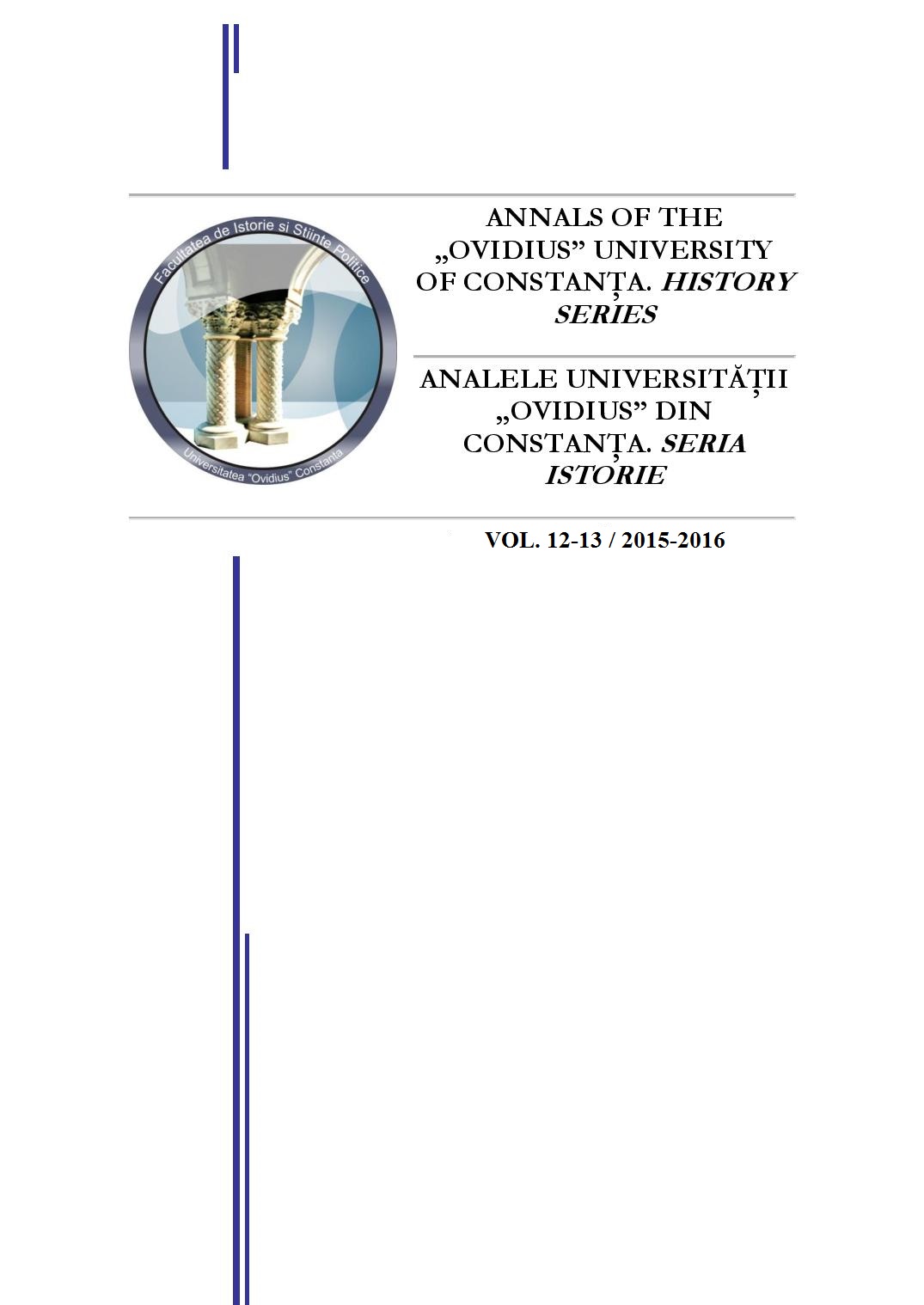
Keywords: Arianism; Conciliul de la Niceea; peratologie bizantină; atacuri
Deeply involved in the Arian crisis, the Balkan provinces have offered, in an impulse of religious dissidence, a rationalist variant to the Nicene dogma and to the religious policy of Constantinople’s Church. For almost a century, Serdica and Sirmium have contested the dogmatic bases of the Holy Trinity’s iconography. The amplitude of the crisis was also increased by the stance of Emperors Constans II and Valens, who were Arians. However, Theodosius, their successor in the East, promulgated the edict in favour of Catholic Orthodoxy, on the 28th of February 380, in Thessaloniki . Arianism, which had as fundament the negation of Jesus Christ’s divine nature, would have reduced Christianity to a philosophical monotheism, where revealed truths would have been profoundly deformed. The history and culture of the Balkan provinces have always had the mark of polytropy , which makes it a lot more difficult to define a cultural matrix. Their destiny, profoundly marked, after the 4th century, by the Byzantine policy regarding borders, by the endemic tendency of the migratory peoples that were attracted by the mirage of this New Rome , and, last but not least, by the sacralization of the Balkan space through Christianization, had few constant reference systems.
More...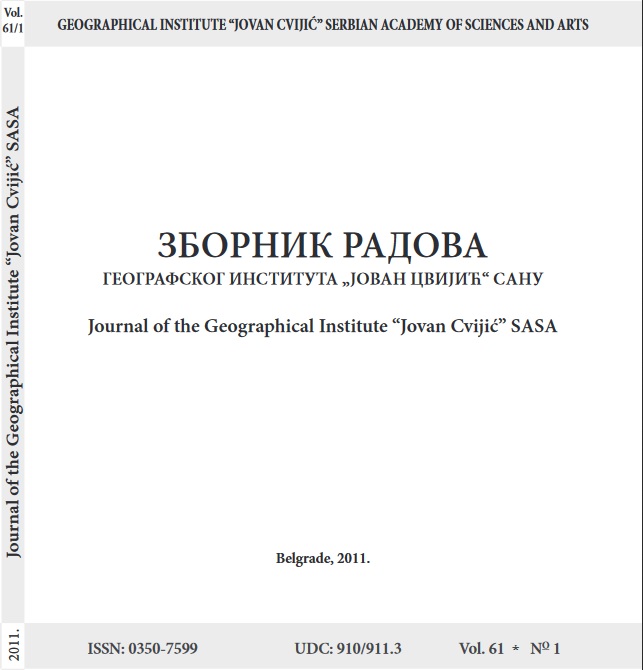
Keywords: Mačva; Zaslon; Šabac; Sabacius; sabacije; sabas; toponomastic
Origin and meaning of the name of the city of Šabac was object of interest for many Serbian and foreign historical geographers, linguist geographers, anthropogeographers and others. Nevertheless, the meaning of this name has not been clearly researched till today. Some scientist believed that „Zaslon, the city on the river Sava, is Šabac in Greek“, some others believe that the name Šabac is in Serbian language. In this research paper authors deals with two hypotheses about the name. First hypothesis connects city name with the river Sava, and the second with name of god Sabacius (Sabazije), who was identified as Dionysus and Thracian god horse rider. However, these names are much older than material evidences about city genesis.
More...Keywords: Constantius II; Magnentius; Vetranio; Cibalae; civilian wars; Pannonia
In his paper the author deals with the Pannonian events of the civilian wars under Constantius II’s reign against Vetranio and Magnentius in the years 350 and 351. Based on all written and epigraphic sources (especially Julian’s and Libanius’ orations and Zosimus’ accounts), he intends to reconstruct the events and Magnentius’ route in the province before and after the battle at Cibalae. All sources can be found in the Addendum in chronological order.
More...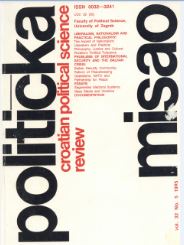
Keywords: Croatia; Serbian minority; UNPA zones; conflict; resolution; Eastern Slavonia; history;
The conflict between the Croatian government and the Serbian minority in the UNPA zones in Croatia was deep and irreconcilable. The Croatian government tried, at any price, to bring the UNPA zones under the authority of Zagreb while the Serbian secessionists wanted to separate the UNPA zones from Croatia and bring it under the authority of Belgrade and Serbia. The conflict between Croats and the ethnic Serbs in Croatia corresponds to the concept of a deeply rooted conflict as described by John W. Burton and Donald L. Horowitz. The author analyses the process of the negotiations between the Croatian authorities and the local Serbs from the UNPA zone East in the fall of 1995. The ethnic Serbs agreed to a compromise with the Croatian government after they had found themselves in a stalemate. By this term William Zartman understands when one ethnic group sees no other way out, since all the military and political moves have been blocked for it. The author thinks this is the main reason why the local Serbs in eastern Slavonia agreed to a dialogue, accepted the compromise and signed the Erdut Accord on 12 February 1995.
More...Keywords: history of Pannonia; the rule of Caracalla; value of antique written sources; Caracalla’s route to the East;
In his paper the author examines the written and epigraphic sources on Caracalla’s visit to Pannonia. Despite the earlier hypothesizes the visit must bed dated to the autumn of 213 because the emperor stayed at the end of December in Nicomedia. As the Alamannic war ended only in September and his route to the East Caracalla could spend a very short time in Pannonia, i. e. he travelled only through the province that is why the written sources hardly mentions this visit. Most of the inscriptions mentioning the emperor from this period has nothing to with this visit. Based on a Greek inscription from Ephesus the emperor had to stop only in Sirmium most probably because of the Dacian problems. He had no time to visit Dacia either. A Barbarian attack into Pannonia under his reign must be ruled out.
More...Keywords: Pannonia; Late Antiquity; mausolea;
This communication collects the Late Roman mausolea in Pannonia, contains an overview of the literature and suggests a division of the mausolea into three main groups.
More...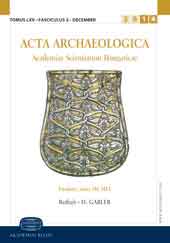
Keywords: Cohors VII Breucorum; Roman military fort; Pannonia Inferior;
Among the stamped tiles of the excavations which were carried out in the Roman military fort of Annamatia (Baracs) between 1999–2004 (Pannonia Inferior: Fig. 1–2)1 several stamps of the cohors VII Breucorum can be found (approx. 1:4 of the total material). In this shorter paper I will publish an earlier unknown stamp-type of this unit.
More...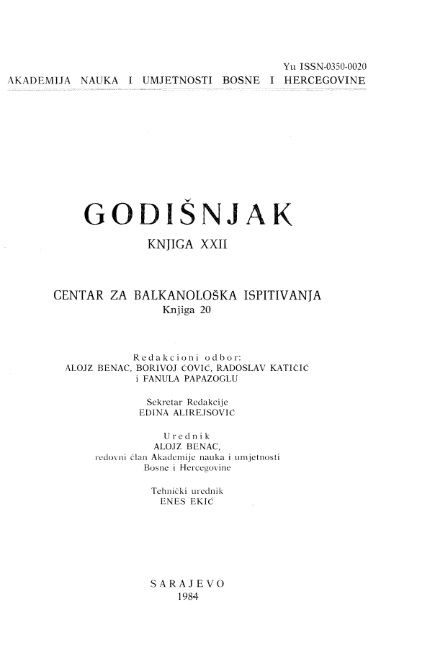
Keywords: Roman roads; Communication Siscia – Sirmium; main communications in Bosnia and Herzegovina;
Die römische Itinerarstraße Siscia — Sirmium war trotz aller Versuche im Gelände noch immer nicht ermittelt. Alles waren nur mehr oder weniger erfolgreiche Kombinationen von Fachleuten gewesen. Die ersten konkreten Angaben darüber mache J. Brunšmi d , der von diesem Kommunikationsweg auch fünf Meilensteine aus Baćin und Hrv. Dubica (1898) veröffentlichte. A. von Domaszewski war der Auffassung, daß gerade diese Straße Tiberius als Operationsbasis gegen die Pannonier (12 v. u. Ztr. bis 9 n. u. Ztr.) gedient habe; das akzeptierte auch J. Klemenc, während A. von Premerste in die Meinung vertrat, die Straše sei erst zur Zeit der Kaiser Claudius und Vespasianus bzw. seiner Söhne gebaut worden. Ähnlich dachte eigentlich auch C. Patsch, der den Ausbau dieser großen Kotnmunikationslinie in den Jahren 47/48 n. u. Ztr. angesetzt hat. Nach Patsch erreichte die Straße bei Bos. Dubica bosnisches Gebiet und führte südlich der Save bis Rača an der Drina. Als erste hatten die Trasse dieser Straße rechts der Save H. Kiepert im CIL III T. IV (1873) und FOA (1901) bestimmt, was von PH. Ballif und C. Pa t s ch übernommen wurde. Grundlegende Angaben über diese Straße und Lokationen der Stationen machte schon M. P. Katanč ić (1825); nach ihm verlief die Straße am linken Saveufer, durch das kroatische Zwischenstromgebiet. So bildeten sich zwei Trassen heraus, und auch von den. späteren Forschern führten die amen die Straße durch Bosnien etwas südlich der Save (K. Miller, A. Möcsyu. a.) und die anderen das linke Saveufer entlang (I. Kukuljević, W. Tomaschek , A. Mayer u. a.) Eines verbindet jedoch alle Forscher: sie schrieben ohne Kenntnis Sachlage im Gelände und ohne die Angaben, über die wir heute verfügen. In der Geschichte der Untersuchungen dieser Hauptkommunikationslinie wie auch in der Arbeitsmethode und den Ergebnissen stellt D. Sergejevski (1958) einen ernsthaften Wendepunkt dar; er untersuchte als erster Oinen Abschnitt dieser alten Straße dm Gelände — das Gebiet zwischen Bos. Brod und Brčko in Bosnien — und schlug vor, die Trasse der Straße Siscia — Sirmium in diesem Sektor auf die linke (slawondsche) Seite zu verlegen und die Station Ad Basante — die Schlüsselfrage der Trasse — »am Übergang über den Bosut, und zwar nahe dem Saveufer« (GZM 1958, 263), also bei dem heutigen Županja im slawonischen Zwischenstromgebiet, zu lozieren. TIR L 34 (Budapest), nach welchem die Straße ansonsten das linke Saveufer entlang verläuft, lokalisiert jedoch auch danach Ad Basante sogar and der Mündung des Bosut (Bacimtius, Plin. III 148) in der Nähe von Sr. Mitrovica (Sirmium), was zu weit ist und zwischen Slav. Brod (Marsonia) und der Bosutmündung eine große Lücke hintenläßt, und führt die Straße außerdem durch die großen Wald-und Sumpfgebiete der Bosu ter Niederung.
More...Keywords: Leget; Nenad Obradović; Leget Field; battle between Serbia and Austro-Hungaria; speech;
Besedu ,,Leget“ izgovorio je Nenad Obradović, student Pravnog fakulteta Univerziteta u Beogradu, na XXIII festivalu besedništva ,,SIRMIUM[,] LUX VERBI – SIRMIJUM [,] SVETLOST REČI, u Sremskoj Mitrovici, 29. 11.2014. godine, u kategoriji „zadata tema“, s naslovom „Sloboda i jedinstvo roda, žrtvi vašoj spomenik su živi“. Rečje epitafu kojije sastavio dr Ilija Bajić na spomeniku kraj reke Save, na sremskoj obali, na nekadašnjem Leget polju, koje je bilo poprište bitke između srpske i austrougarske vojske, u noći između 5. i 6. septembra 1914. Stogodišnjica bitke bila je povod i motiv da izgovori besedu.
More...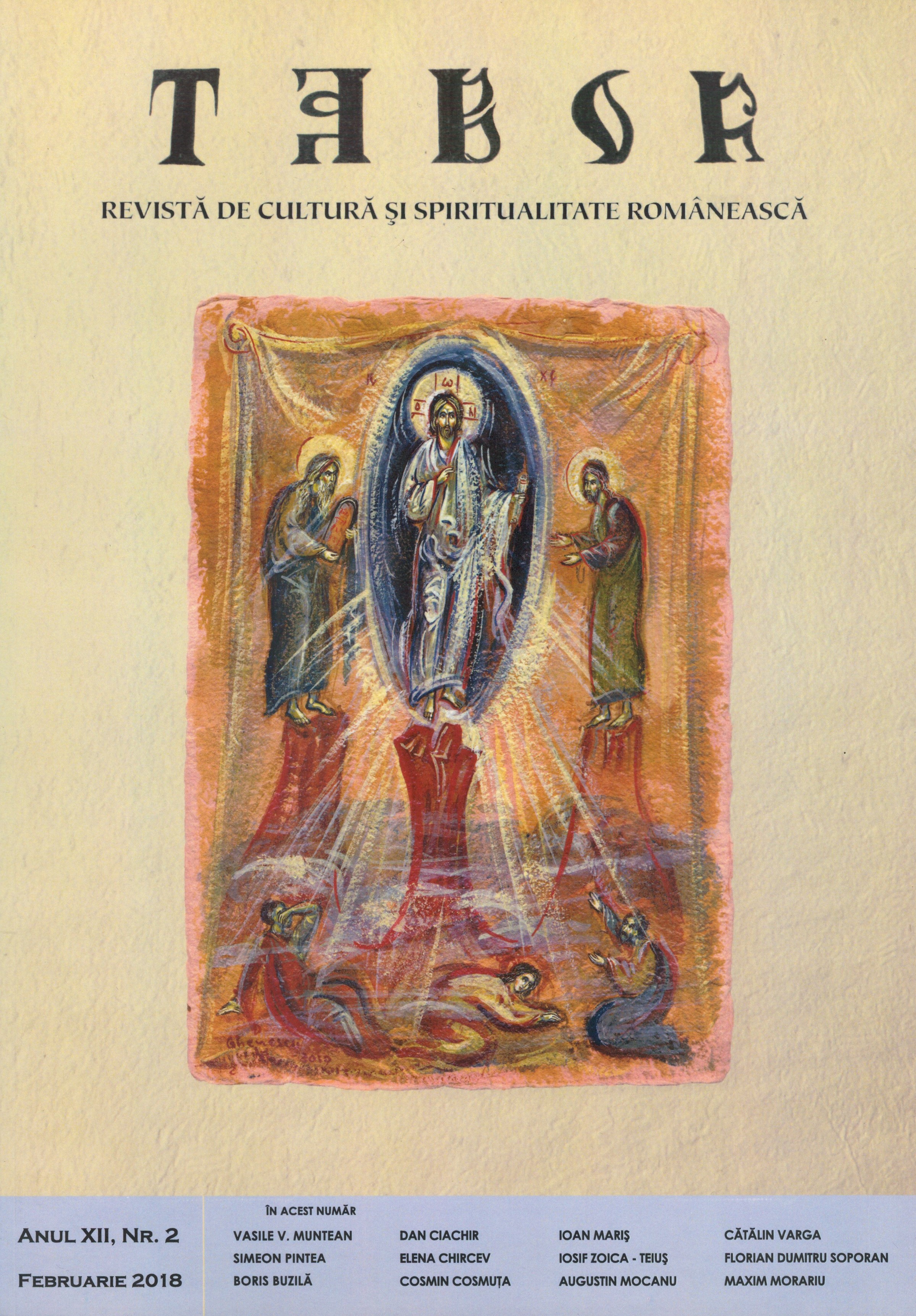
Keywords: SOCRATE SCOLASTICUL; Istoria Bisericească; Iosif Gheorghian; Petru Pantiş; Sibiu Editura Astra Museum - Ecclesiast;
Review of SOCRATE SCOLASTICUL, Istoria Bisericească, trad. de ÎPS Iosif Gheorghian, Mitropolit Primat al României; ed. diortosită şi îngrijită de Pr. Lect. Dr. Petru Pantiş; Sibiu, Editura Astra Museum - Ecclesiast, 2016, 298 p.
More...
Keywords: Coin circulation; Carpathian Basin; sixth century A. D; Justinian I; Germans
Although various works had dealt with the Avar Period Byzantine coin circulation of the Carpathian Basin for the research the Age of Justinian I remained uninvestigated. The paper deals with the copper coins of Justinian I found in the Carpathian Basin. In the archive and literature six new coins are published. The analysis of the coin circulation is based on a catalogue where copper coins are collected from literature and museums.
More...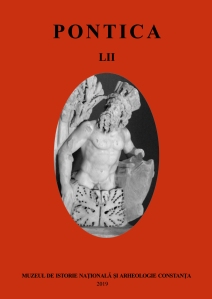
Keywords: siliqua; treasure; mints; Roman Empire; limes; 4th c. AD; Dobrudja;
The article aims to continue an old approach by which we aim to identi fyand publish from the collection of the Sibiu museum of isolated discoveries and treasures that come from Dobrudja for sure or with a certain probability. In the collection of the Bruckenthal National Museum in Sibiu there is a batch of 28 siliquas, belonging to the old numismatic collection. This information suggests that the treasure reached the museum's collection through a donation made before 1948. More precisely, even before the First World War. The analysis of this treasure or fragment of treasure starts from the beginning from the lack of certainty of its discovery in the Istro-Pontic province. Just as,perhaps, we could hypothetically speak of a treasure returned to Dobrogea, which could have been discovered somewhere near the limes or in one of its fortifications. The money paid to the army facilitated the trade nearby the frontier. A number of 18 pieces belong to Constantius II, of which 12 are issued in Constantinople, 3 in Nicomedia, 2 in Sirmium and one still unassigned. All these specimens are of the VOTIS/XXX/MVLTIS/XXXXtype and belong to the years 355-361 AD. Three siliquas belong to Iulianus. One(VOT/X/MVLT/XX type) is issued in Constantinople (reduced, dated in the first half of363 AD), another (VICTORIA-DD NN AVG type) in Lugdunum (in 360-361 AD) and the last one (VOTIS/V/MVLTIS/X type) in Arelate (or Constantia) in 360-361 AD. The currency for Valentinian I (4 pieces) are issued in Constantinople (3 of the VOT/V,VOTIS/XXX/MVLTIS/XXXX, VOT/V/MVLT/X type, from 364-367 and 368-373 AD) and Nicomedia (one piece of VOT/V/MVLTIS/X type, from 367-373 AD). The three siliquas issued for Valens in Lugdunum (Restitutor Reipublicae type from 365-367 AD),in Aquileia (VOTIS/X/MVLTIS/XX type from 375-377 AD) and in Antiochia(VOT/XX/MVLT/XXX type from 375-378 AD). In Barbaricum we know that in the4th century AD. such discoveries appear mainly in the cultural space Sântana de Mure ș-Cerneahov, being associated with the Gothic ethnic presence.
More...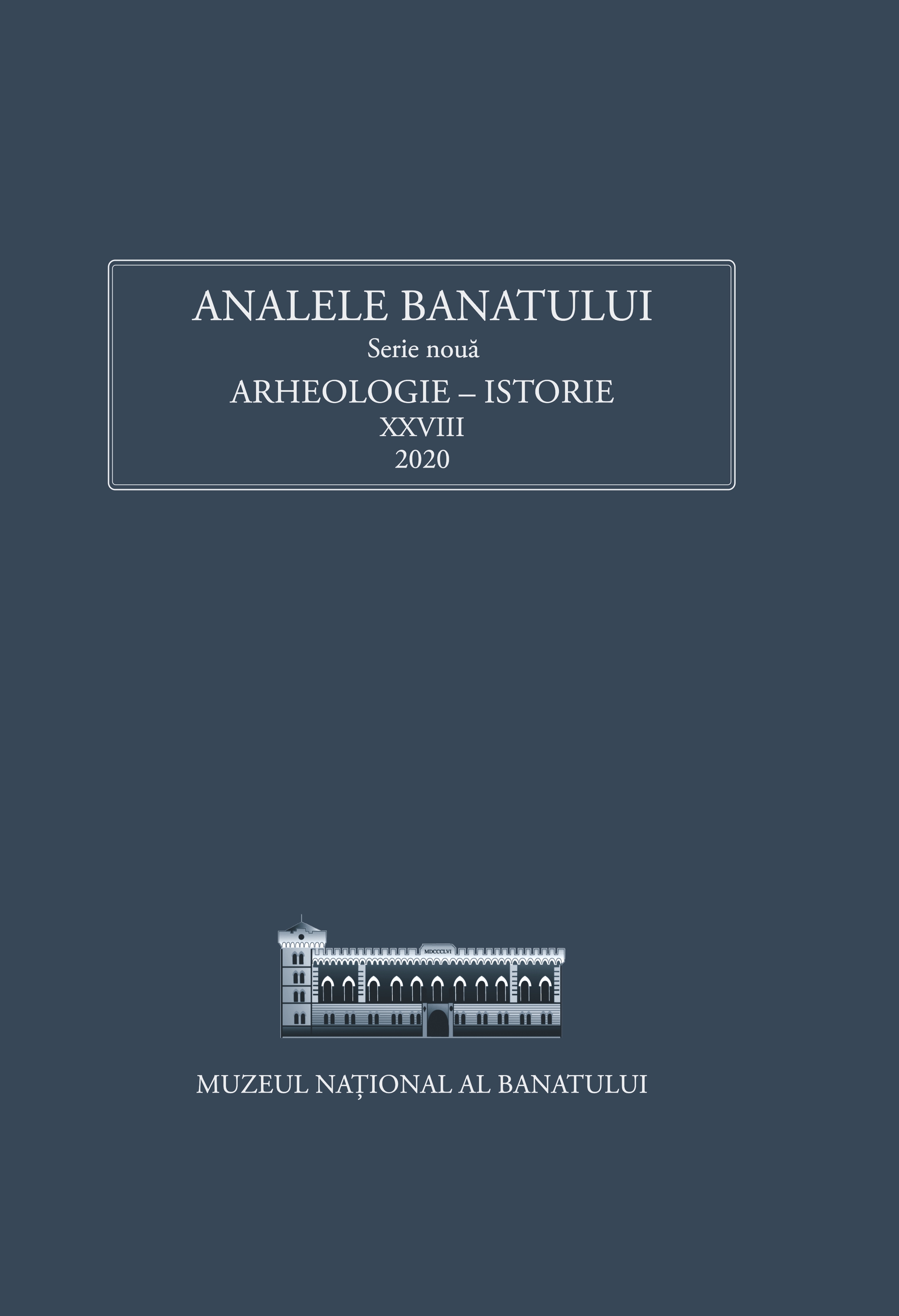
Keywords: antiquity;roads;review;Vladimir Petrovic.
More...
Keywords: cultural tourism; archaeological sites; valorization
In Serbia, there are numerous archaeological sites, among which the most important are: Sirmium, Viminacijum, Lepenski Vir, Felix Romuliana, Mediana, Caricingrad and Vinca. On our soil 17 emperors of the Roman Empire were born, which is one fifth of their total number, and the highest number of Roman emperors born outside of Rome. Contemporary building within the archaeological parks, creates places that emphasize the value of history, culture and science and help develop knowledge about them. The following work pays attention on a built of a modern infrastructure of existing archaeological parks of Serbia, an analysis of the aforementioned archaeological parks and their comparison with some archaeological parks developed on European soil.
More...